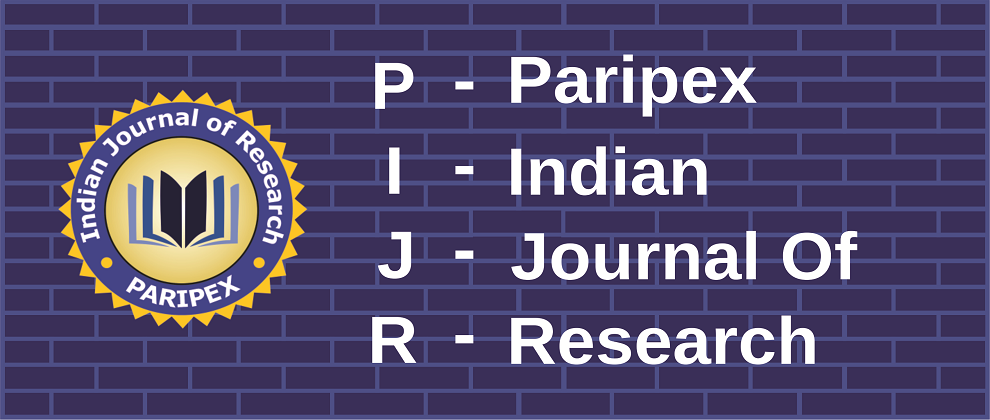Volume : IV, Issue : II, February - 2015
Abstract :
Introduction Even though advantages of ultrasound line placement seem obvious, many countries do not have easy access to such technology. This study aims to compare the degree of difficulty in central venous line placement with or without ultrasound and the incidence of complications, and to establish the effect of the operator’s degree of training. Methods The study included 257 patients that required central venous catheterization during the study period. Patients were divided into groups according to the operator’s experience: expert group (over 70 central accesses performed before the study) (n=152) and in–training or non–expert group. Procedures were randomized to “without ultrasound” (n=80 expert and 54 non–expert) and “with ultrasound” (n=72 expert and 51 non–expert). Results Catheter placements were more successful in the “expert” and in the “with ultrasound” than in the “non–expert” (88% vs 79%; p=0.04) or in the “without ultrasound” groups (91% vs 78%; p=0.005). Incidence of complications was 11.7%, with no significant difference among “with ultrasound” (8.1%) and “without ultrasound” (14.9%) groups. However, the “non–expert” group had fewer complications with the use of ultrasound (7.8% vs 24%). Conclusions Ultrasound reduces the incidence of complications when placement is performed by inexperienced operators. Centers with residents should emphasize the necessity of ultrasound for central line catheterization. Training in ultrasound might be of paramount importance in the effectiveness of the technique.
Article:
Download PDF
DOI : https://www.doi.org/10.36106/paripex
Cite This Article:
, PARIPEX-INDIAN JOURNAL OF RESEARCH : Volume-2 | Issue-3 | March-2013
Number of Downloads : 118
References :
, PARIPEX-INDIAN JOURNAL OF RESEARCH : Volume-2 | Issue-3 | March-2013


 MENU
MENU

 MENU
MENU


